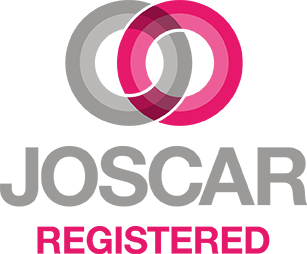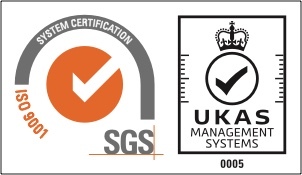
The Covid-19 pandemic accelerated the need for businesses of all sizes to embrace digital learning, however, as many companies have quickly realised, leveraging new technology and generating results via virtual learning is not an overnight process.
From an early age, we are conditioned to expect a human element to drive the learning process, and removing this can cause learner engagement to drop off. There’s no denying that there are many online learning products that are intuitive and fun to use, perhaps providing a seamless user experience, however, this does not necessarily result in engaged learners. Businesses must consider the technology and the ‘human element’ together to nurture successful leaders and drive success.
Learning by doing: The need to encourage contextual learning
The ‘learning by doing’ method enables people to make sense of their experiences. Learning is personal, involving trial-and-error. Therefore, by allowing staff to explore hands-on, creative styles of learning, they will not only improve their performance but transfer their learning and development back to the workplace. A major cause of poor knowledge retention is having too much information to absorb. For example, we know that many people have a difficult time understanding academic concepts because “we retain 90% of what we do, compared to just 20% of what we hear and 10% of what we read.”
With a ‘textbook’ approach to learning, it’s difficult to understand concepts in relation to the workplace. Contextual learning builds upon the idea of learning by doing. It links theoretical constructs to a practical, real-world context. Publishing content onto online learning platforms is not necessarily going to deliver results for your staff and your business, however, when you take a step back and think about the learner’s experiences and pre-existing knowledge, you can better gauge what they need, and when they need it.
Improve learner engagement by adopting the most relevant approach
Suppose you have experienced some difficulty moving over to virtual classroom training, or have noticed a decrease in learner engagement. In that case, you may be lacking the ‘human element’ which increases motivation and keeps the learner on the right path. A more effective method could involve creating sessions with engaging activities, small group work and collaborative assignments, with opportunities for learners to reflect on their learning.
Whether training is taking place online, in a classroom or via a blended approach, learner engagement is most successfully achieved when learners are engaged in creating, understanding and connecting to knowledge. Through contextual learning, you can encourage your staff to practice actions that are directly related to their real-life work.
What are the learning objectives?
Let’s say you have identified that one of your newly hired managers has been postponing important decisions or having some difficulty inspiring their team. These hurdles may stem from a lack of confidence, but you should aim to gain a deeper understanding. Take into account their previous experience and their role and talk to them about their situation. They may, for example, lack visibility of your organisation’s other ‘moving parts’. According to Chris Canialosi of Forbes, having a working understanding of other departments provides ‘broader-picture insights’ which are crucial to engaging employees.
In this situation, you may choose to use contextual learning and incorporate a job shadowing experience into their leadership training. By doing so, you not only allow them to see the ‘bigger picture,’ but equip them with the ability to give excellent feedback and learn from their own experiences. They may also gain access to different ways of working in areas such as communication, delegation and planning — boosting self-confidence and performance whilst making a material difference to the overall success of your company.
Our trainers pay special attention to each learner’s organic experiences, creating educational journeys that enable managers and leaders to develop the necessary skills to be able to cope with the demands placed on them in business today.
“Don’t give to get. Give to inspire others to give.” - Simon Sinek
We can deliver interactive sessions via webinar, and our training can include a mix of facilitator input, group discussion and break-out activities to enable participant interaction and engage staff effectively. We also work with organisations to deliver Covid-safe, face-to-face courses. Get in touch today to start developing strong, confident and effective leaders who can guide your business through continual change.






